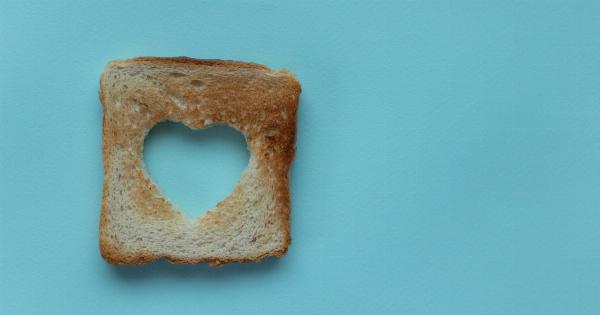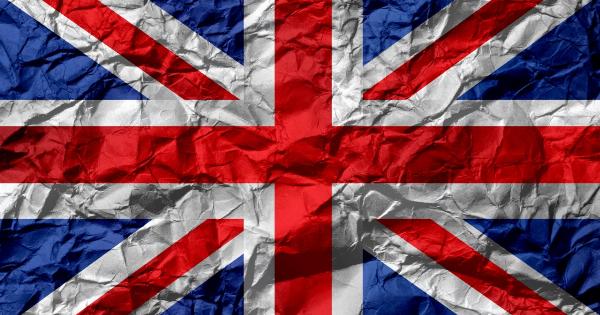Blocked arteries, also known as arterial blockages or atherosclerosis, occur when the blood vessels that supply oxygen-rich blood to various parts of the body become narrowed or completely blocked.
This condition is a silent danger that can lead to serious health problems, including heart attacks, strokes, and even death. Understanding the signs and symptoms of blocked arteries is crucial for early detection and prevention. In this article, we will explore the causes, risks, warning signs, and preventative measures associated with blocked arteries.
1. What Are Blocked Arteries?
Blocked arteries, or atherosclerosis, refer to the accumulation of plaque within the arteries. Plaque consists of cholesterol, fat, calcium, and other substances that can build up over time and hinder blood flow.
When this happens, the affected arteries become narrowed and hardened, restricting the passage of blood.
2. Causes of Blocked Arteries
Several factors contribute to the development of blocked arteries:.
a. High Cholesterol Levels: Elevated levels of LDL cholesterol (“bad” cholesterol) can lead to the formation of plaque within the arteries.
b. Smoking: Tobacco use damages the arteries and promotes the buildup of plaque.
c. High Blood Pressure: Uncontrolled high blood pressure can cause damage to the artery walls, making them more susceptible to plaque accumulation.
d. Diabetes: Individuals with diabetes often have abnormal cholesterol levels and an increased risk of atherosclerosis.
e. Obesity: Being overweight or obese puts extra strain on the heart and increases the likelihood of arterial blockages.
3. Risk Factors for Blocked Arteries
While anyone can develop blocked arteries, certain factors increase the risk:.
a. Age: The risk of blocked arteries increases with age, as plaque buildup takes time to develop.
b. Family History: Having a family history of heart disease or blocked arteries increases one’s susceptibility.
c. Gender: Men are at a greater risk of developing blocked arteries compared to premenopausal women. However, the risk equalizes post-menopause.
d. Sedentary Lifestyle: Lack of physical activity contributes to several risk factors associated with blocked arteries, including obesity, high blood pressure, and high cholesterol.
e. Unhealthy Diet: Consuming a diet high in saturated and trans fats, cholesterol, and sodium increases the likelihood of developing arterial blockages.
4. Warning Signs of Blocked Arteries
While blocked arteries can be asymptomatic for a long time, they may eventually present warning signs that should not be ignored:.
a. Chest Pain: Also known as angina, chest pain or discomfort is a common symptom of narrowed or blocked coronary arteries. The pain may radiate to the left arm, shoulder, jaw, or back.
b. Shortness of Breath: When arteries supplying blood to the lungs are blocked or narrowed, it can lead to difficulty in breathing, especially during physical exertion.
c. Fatigue: Reduced blood flow caused by blocked arteries can result in persistent fatigue and a general feeling of being tired or weak.
d. Nausea and Dizziness: In some cases, blocked arteries may cause feelings of nausea, dizziness, or lightheadedness.
e. Erectile Dysfunction: Blocked arteries can impair blood flow to the penis, causing difficulties in achieving or maintaining an erection.
f. Stroke Symptoms: Severe arterial blockages can lead to strokes, which manifest as sudden weakness or numbness in the face, arms, or legs, difficulty speaking or understanding speech, and vision problems.
5. Preventative Measures
Preventing blocked arteries involves adopting a heart-healthy lifestyle:.
a. Balanced Diet: Consume a diet rich in fruits, vegetables, whole grains, lean proteins, and healthy fats while limiting processed foods, saturated fats, and sugary drinks.
b. Regular Exercise: Engage in moderate aerobic exercises such as brisk walking, swimming, or cycling for at least 150 minutes per week to improve cardiovascular health.
c. Quit Smoking: If you smoke, quitting is the best thing you can do to protect your arteries and overall health.
d. Control Blood Pressure and Cholesterol: Regularly monitor your blood pressure and cholesterol levels, and work with your healthcare provider to keep them within a healthy range.
e. Manage Diabetes: If you have diabetes, keep your blood sugar levels under control through proper medication, diet, and exercise.
f. Maintain a Healthy Weight: Achieve and maintain a healthy weight that is appropriate for your height and body type to reduce the strain on your heart and arteries.
Conclusion
Blocked arteries pose a significant silent danger to our overall health and well-being.
While the symptoms may not be apparent until a serious event occurs, understanding the causes, risks, warning signs, and preventive measures can help us take early action and mitigate the chances of developing blocked arteries. By adopting a heart-healthy lifestyle, including a balanced diet, regular exercise, and eliminating harmful habits, we can protect our arteries and reduce the risk of experiencing severe health complications.





























